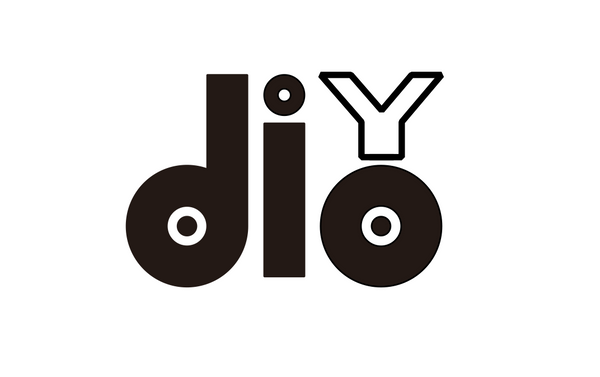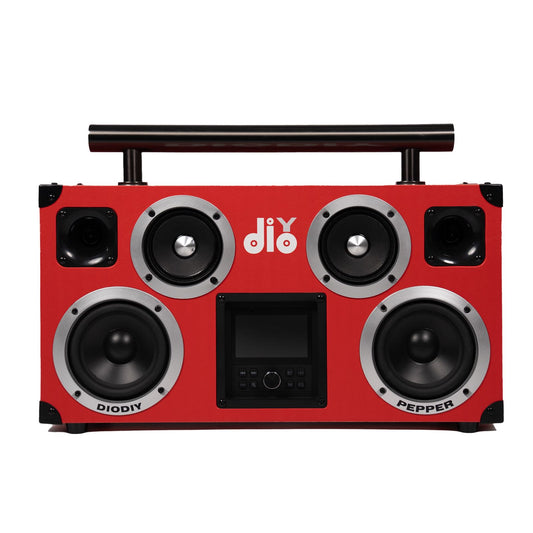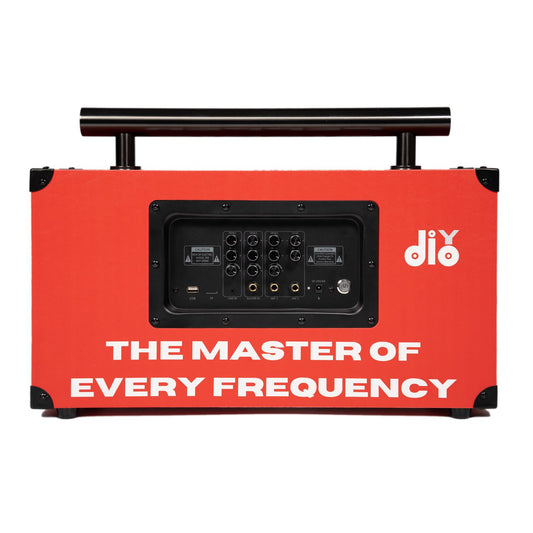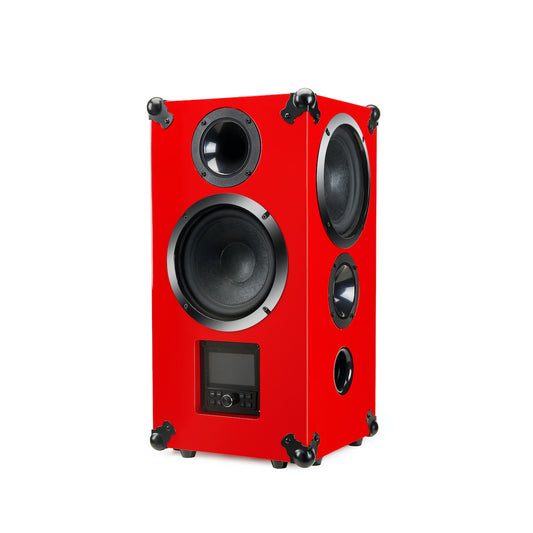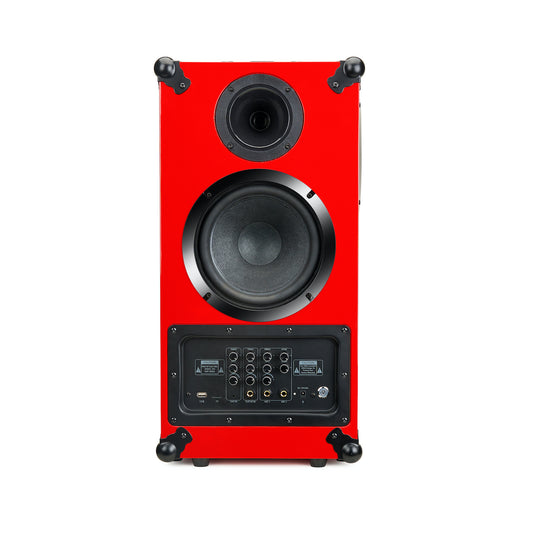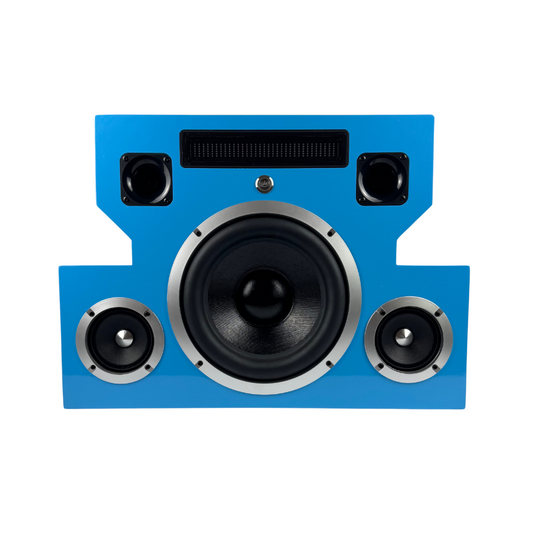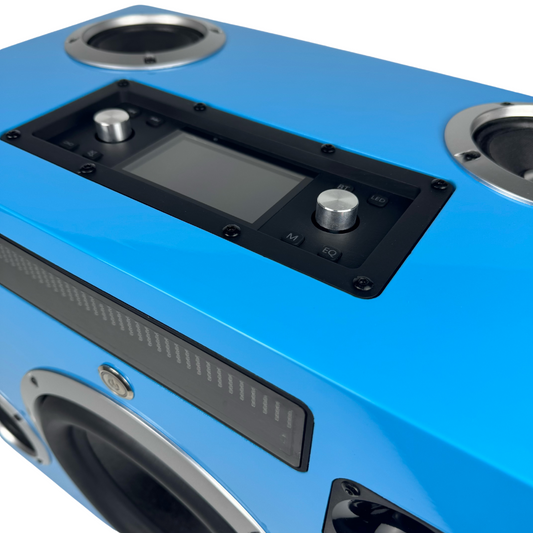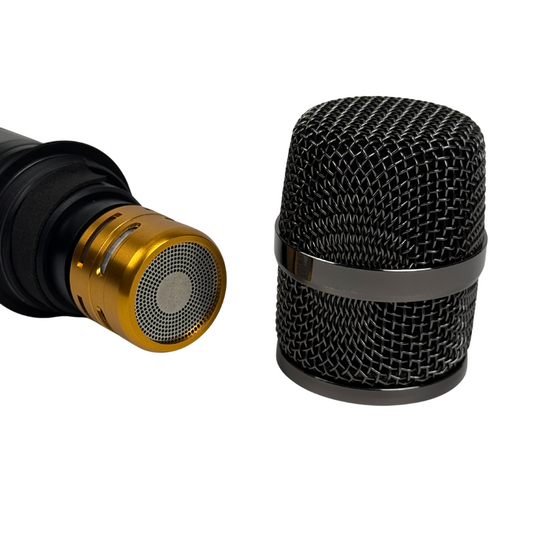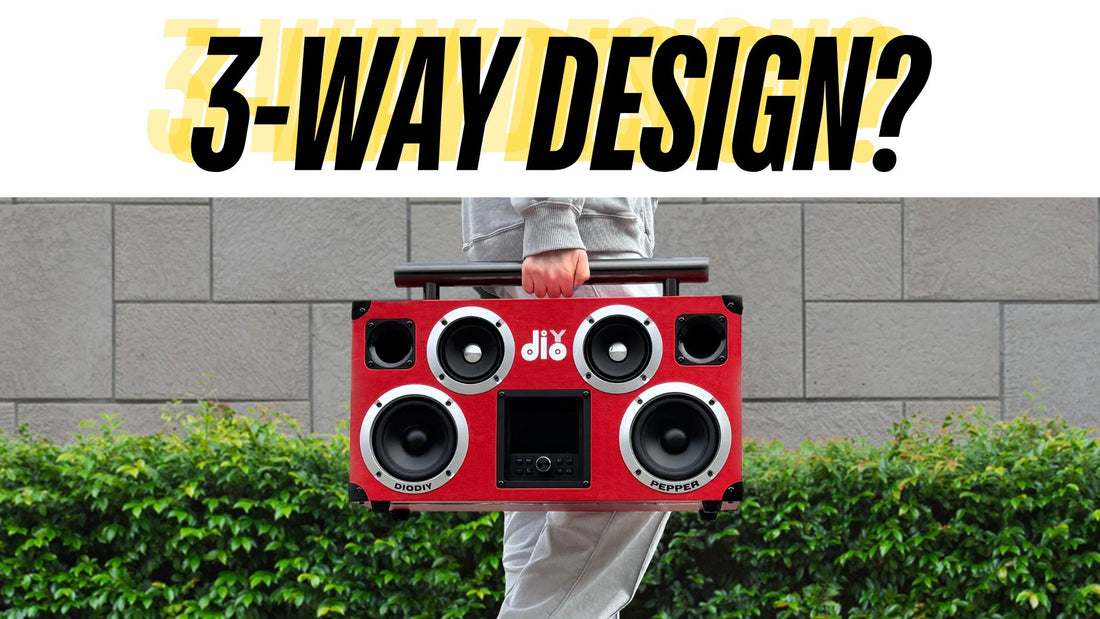
What is a 3-Way Speaker Design?
Share
When exploring speaker setups, you may have come across the term 3-way speaker design. This design has become a benchmark in high-performance audio systems due to its ability to deliver powerful sound and cater to a wide range of frequencies with remarkable clarity. But what exactly does "3-way" mean, and how does it enhance sound performance? Let's delve into the concept and its advantages, including how it’s exemplified in the DioDIY Pepper Speaker.
What is a 3-Way Speaker Design?
A 3-way speaker design refers to a speaker system that separates the sound frequencies into three distinct ranges:
- High Frequencies: Handled by the tweeter, which reproduces crisp and clear treble sounds like cymbals or high-pitched vocals.
- Mid Frequencies: Managed by the midrange driver, responsible for delivering rich and accurate sounds such as human voices and instruments like guitars or pianos.
- Low Frequencies: Controlled by the woofer, producing deep bass tones that give music its power and impact.
By assigning each frequency range to a dedicated driver, a 3-way design ensures that every sound is reproduced with precision and clarity. This separation minimizes distortion and improves overall performance, making it an essential feature for audiophiles and music lovers.

How Does a 3-Way Design Improve Sound Performance?
The primary advantage of a 3-way speaker design is its ability to deliver a balanced and dynamic sound experience. Here's how:
-
Enhanced Clarity
Each driver is optimized for its specific frequency range, ensuring that high, mid, and low sounds are reproduced without interference. This reduces distortion and creates a more natural and lifelike audio experience. -
Powerful Bass and Treble
With separate woofers and tweeters, a 3-way speaker design can deliver powerful sound across the spectrum, from deep bass to shimmering highs. The dedicated drivers ensure that no detail is lost, even at higher volumes. -
High Sensitivity
A 3-way speaker system is often more efficient because the drivers don’t need to overcompensate for frequencies outside their range. This translates to higher sensitivity, meaning the speaker can produce louder sound with less power. -
Dynamic Range
By covering the entire audible spectrum (typically 20 Hz to 20 kHz) with precision, a 3-way design enhances the dynamic range, allowing listeners to enjoy both the softest whispers and the most thunderous bass with equal clarity.
Pepper: A True 3-Way Design Speaker
The DioDIY Pepper Speaker is a prime example of a 3-way speaker design, built to deliver an immersive and powerful sound experience. Here’s how its components contribute to its exceptional performance:
-
Two Tweeters with 110 dB Sensitivity
These high-sensitivity tweeters handle treble frequencies with ease, producing crystal-clear highs that elevate any genre of music. -
High-Performance Midrange Driver
The midrange driver ensures that vocals and instruments are reproduced with richness and accuracy, capturing the essence of every note. -
Two Powerful Rubber Edge Woofers
These woofers deliver impactful bass with depth and precision, giving the Pepper its signature powerful sound.

This combination of components allows the Pepper to excel in both clarity and depth, making it an ideal choice for those who demand excellence in their audio systems.
Why Choose a 3-Way Speaker Design?
A 3-way design offers the best of all worlds: clarity, power, and balance. Whether you’re listening to orchestral music, rock, or electronic beats, a 3-way speaker like the DioDIY Pepper ensures that every detail is faithfully reproduced.
If you’re looking for a speaker that delivers a powerful sound, handles high and low frequencies with finesse, and boasts high sensitivity, a 3-way design is the way to go. The DioDIY Pepper Speaker embodies these qualities, making it a standout option for audiophiles and casual listeners alike.
